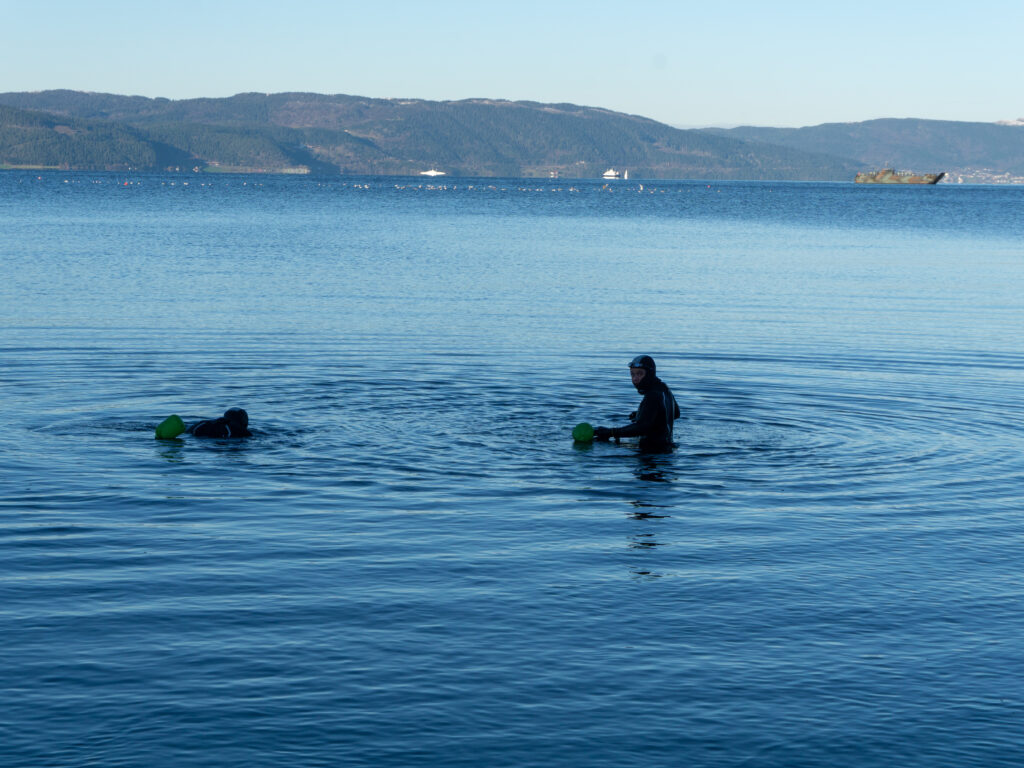Norway's Secret Services
Russia continues its war against Ukraine, and it doesn’t seem like Putin has any intention of relenting in any way. Europe and the rest of the world are gradually realizing that this will not come to a halt with a peaceful solution.
At least not a solution that restores Ukraine’s freedom and brings back peace of mind to Europe.
NATO member countries are dramatically increasing their defense budgets. Over the next 12 years, Norway will spend 600 billion kroner on military modernization.
It’s a new era we are waking up to. In a serie of posts, I will write a bit about secretive Norway.
As early as the nineties, Norway’s defense leadership realized its excessive dependence on foreign surplus intelligence in the field of espionage. The notion of gathering indigenous intelligence arose. The Balkan wars were raging, presenting the most perilous form of espionage to be undertaken: human intelligence.
The Balkan wars were raging
Operatives were to physically enter conflict zones, capturing imagery and gathering information on military build-ups, political climates, and all pertinent details essential before any military engagement. Initially, existing intelligence resources within the E-service were utilized, but the operations didn’t always yield success.
It was quickly understood that a dedicated unit had to be built from scratch, training individuals specifically for this type of service. Thus, E14 was born.
Unorthodox and controversial methods
In January 2011, VG revealed the existence of a Norwegian intelligence group named E14, which had been conducting HUMINT (Human Intelligence) operations for several years. The department was led by Ola Kaldager. Their mission was to gather as much information as possible ahead of military operations to ensure soldier safety.
The group employed highly unorthodox and at times controversial methods but achieved results that garnered attention from our allies. E14 recruited individuals with backgrounds different from the norm within the intelligence service. People proficient in multiple languages, with academic backgrounds, or possessing special skills were hired.
The unit also attracted operatives from Norwegian special forces environments, including the Marinejegerkommandoen (MJK), FSK/HJK, and several from HV016.
Operatives from Norwegian special forces
Between 1996 and 2006, E14 operated in most of the war zones where Norwegian forces were active: Bosnia, Kosovo, Congo, Sudan, the Middle East, and Afghanistan. Agents from the unit were reportedly deployed in Afghanistan as early as 2000, a year before the Taliban regime was toppled in a US-led invasion.
Prior to the disbandment of the department, there were periods of internal turmoil within the intelligence service regarding its activities.
Stay behind
For those interested in history, it’s evident that since World War II, Norway has maintained secret groups with a distant relationship to Norwegian intelligence. The first of these was the Five-Man Group, later known as Stay Behind. Established by Jens Chr. Hauge in 1947, its leaders were all former resistance fighters and business leaders.
In addition to funding from England and the USA, the Norwegian network received financial support from various private companies. The group began systematic registration of politically active individuals on the left and built its own intelligence and radio network to be activated in case of war.
The group began systematic registration of politically active individuals
In the spring of 1948, the Five-Man Group was placed under the Defense Intelligence Service and renamed Stay Behind.
Sabotage and assassination
In the fifties, the group consisted of three large networks spread across different districts in Norway. Each network was divided into twenty to forty groups of five men each. All networks operated independently of each other and had their own leaders. Group Rocambole (ROC) was tasked with sabotage and assassination.
Illegal registration, wiretapping, and surveillance of politicians on Norwegian soil.
Large quantities of weapons and radio equipment were stored in secret depots, often at private members’ locations. Group Lindus was a network of intelligence agents and operatives meant to evacuate key personnel in case of occupation. The third group, Blue Mix, was responsible for assisting allied soldiers who found themselves behind enemy lines.
Stay behind was established and collaborated with similar groups in Europe. Everything was modeled after Operation Gladio. To a large extent, most of it was financed by the USA.
